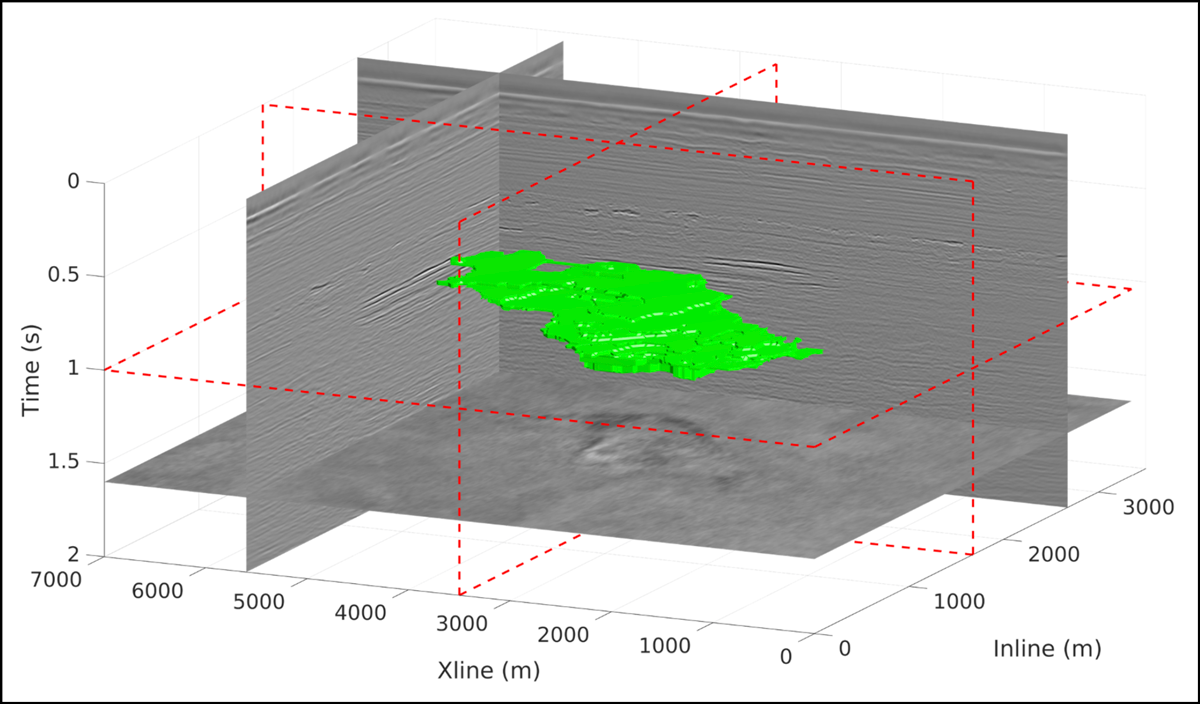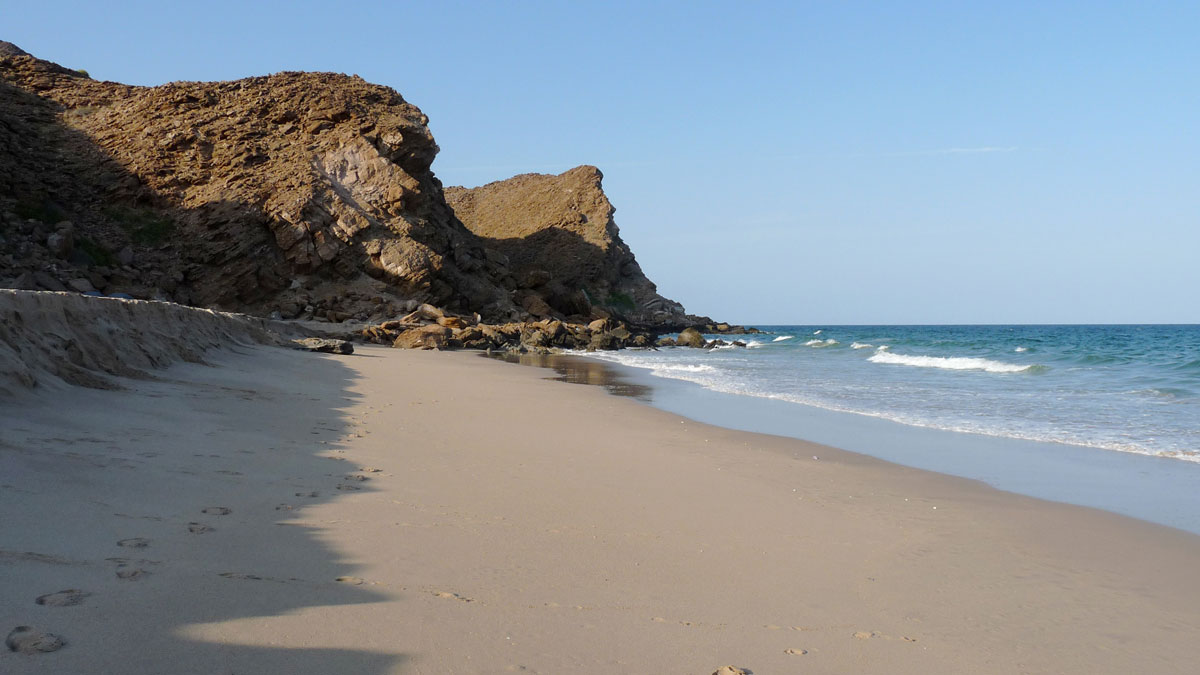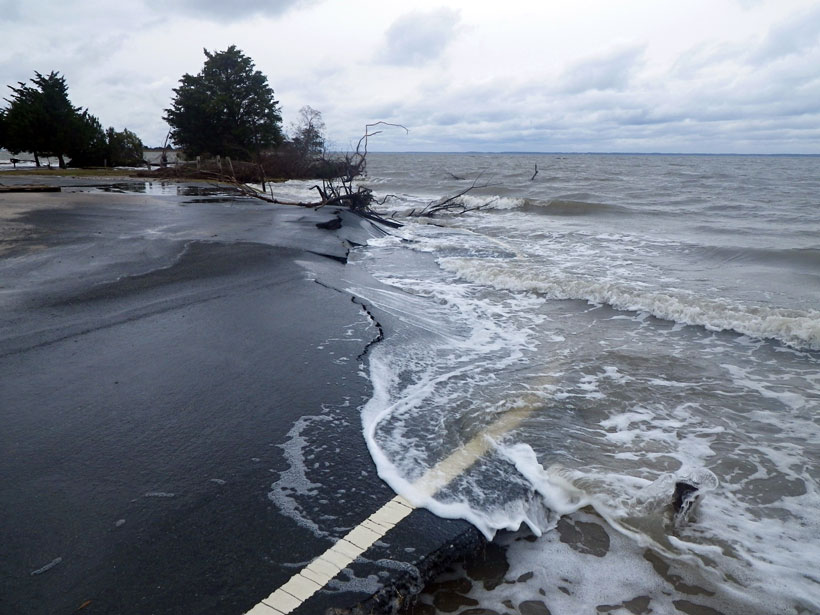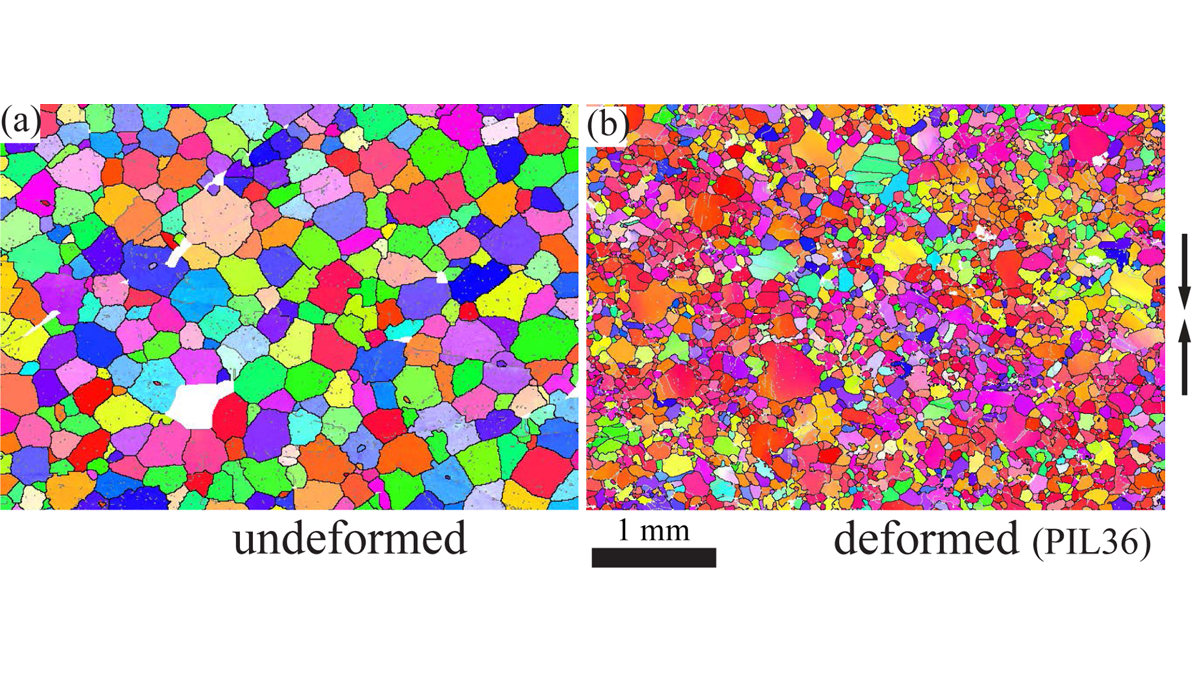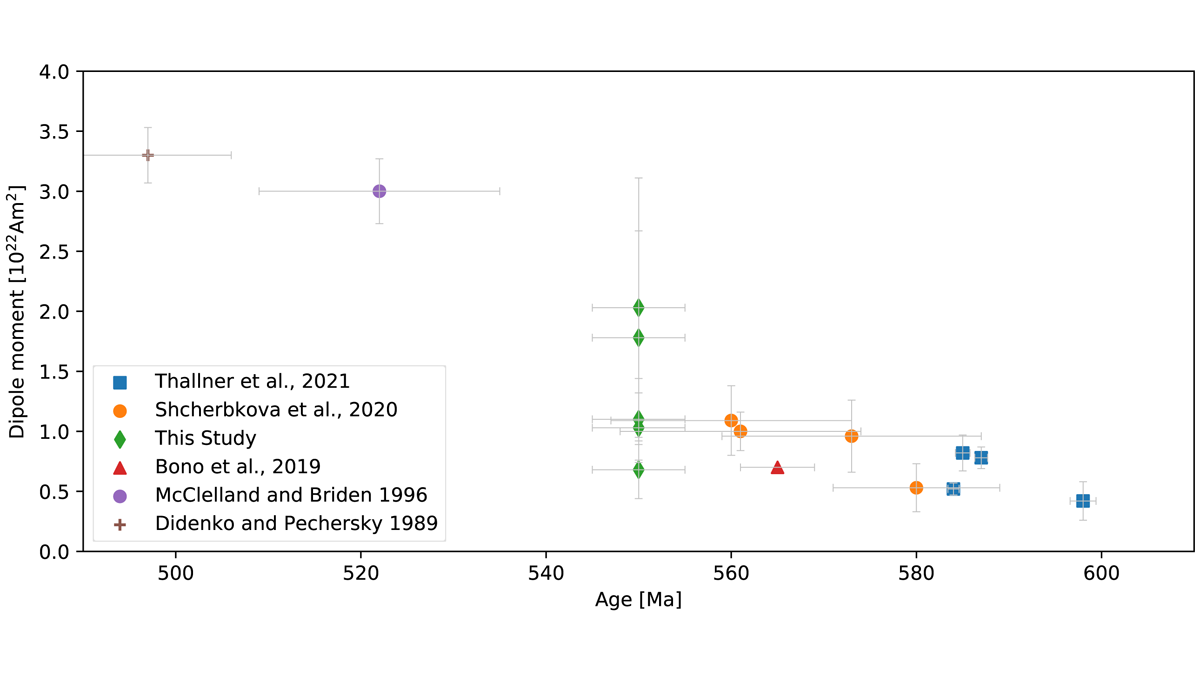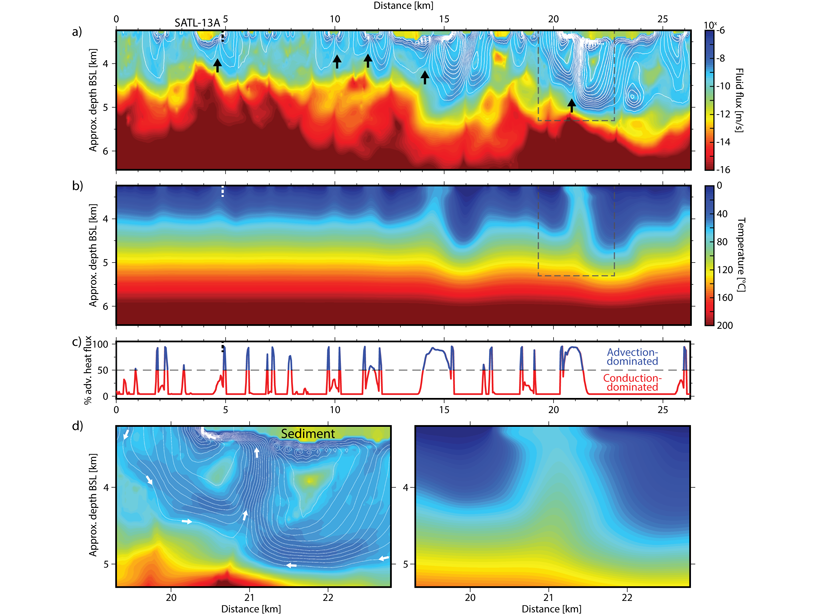By establishing a machine-driven approach to interpreting seismic observations of carbon dioxide injection, researchers hope to improve tracking of carbon capture and sequestration projects.
Journal of Geophysical Research: Solid Earth
The Role of Magma in the Birth of the Atlantic Ocean
High-resolution seismic models of the Nova Scotia margin reveal a role for magmatism in continental breakup, even at magma-poor sections of the eastern North American margin.
Radiometric Dating Sheds Light on Tectonic Debate
The emplacement of the Samail Ophiolite in Oman has been a source of disagreement among geologists. New state-of-the-art research offers a fresh perspective on its timing and geometry.
An Unstable Magnetic Field in Central Asia 2500-1500 Years Ago
The geomagnetic field intensity – poorly described – varies spatially and temporally on centennial time scales. A recent study fills an important gap in Central Asia and discusses global implications.
American Legacy Paleosecular Variation Data Unlocked
The geomagnetic field changes regionally on centennial time scales. A recent study unlocks three historical archives from the “Four Corners” region (southwest USA) reconciling previous discrepancies.
Measuring Sea Level Rise Along the Coast
Scientists created a global map of vertical land motion to show how the solid ground is moving relative to the planet’s rising seas.
Ice on a Deadline: More Stress Makes Ice Move Faster
Anyone seeing photographs of glacier and ice sheets from above clearly sees that they flow; recent laboratory tests on ice further reveal the conditions that control just how fast this happens.
A Dipole Field from the Ediacaran-Cambrian Transition Onward?
The Ediacaran features an instable magnetic field complicating paleogeographic reconstructions; a new paleointensity study on late Ediacaran rocks indicates a weak but stable dipolar field.
Mechanisms of Hydrothermal Ocean Plate Cooling Revealed
A combination of waveform tomography and hydrothermal modelling allows characterizing the mechanisms and reach of fluid flux and ocean plate cooling near mid-ocean ridges with unprecedented detail.

